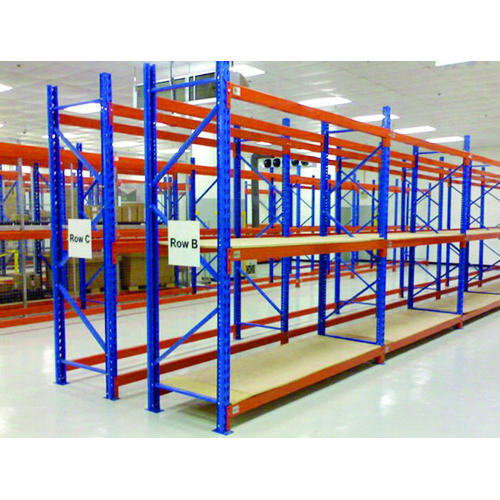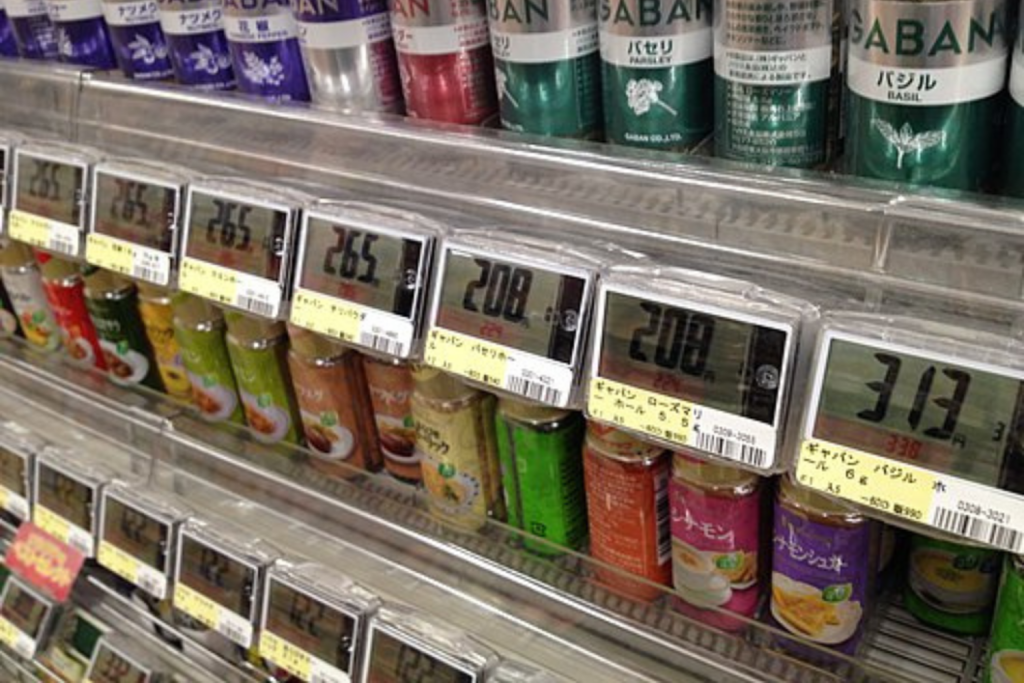Streamline Operations with Cutting-Edge Storage Racks
In today’s rapidly evolving business landscape, optimizing operations and maximizing efficiency are key factors that determine a company’s success. One often overlooked but essential aspect of streamlined operations is efficient storage solutions, and this is where cutting-edge storage racks come into play. These innovative storage racks go beyond traditional shelving units, offering a dynamic and adaptable system that can revolutionize the way businesses manage their inventory, materials, and products. The hallmark of cutting-edge storage racks is their adaptability to diverse industries and operational needs. These racks are designed with a modular approach, allowing them to be customized and configured according to specific requirements. Businesses can choose from an array of rack types, such as pallet racks, cantilever racks, push-back racks, and more, each tailored to accommodate various items like large pallets, long items, or even high-density storage needs. This flexibility not only optimizes space utilization but also enhances accessibility, ensuring that items can be retrieved with ease, minimizing the time and effort spent on inventory management.

Furthermore, cutting-edge storage racks are engineered with durability and safety in mind. Constructed from robust materials and built to meet industry standards, these racks offer long-term reliability, even in demanding environments such as warehouses or manufacturing facilities. Safety features like anti-collapse mechanisms, load-bearing capacities, and secure locking systems are integrated into the design, mitigating potential hazards and preventing accidents. This not only safeguards employees but also protects valuable inventory from damage, reducing operational costs in the long run. Integrating technology into storage solutions is another notable feature of modern storage racks. Automated storage and retrieval systems can be seamlessly integrated with these racks, enabling businesses to further enhance efficiency. With automated systems, items can be stored and retrieved quickly, reducing manual handling and minimizing the risk of errors. Moreover, these systems can be synchronized with inventory management software, providing real-time visibility into stock levels, order fulfillment, and overall inventory movement.
This data-driven approach empowers businesses to make informed decisions, anticipate demand fluctuations, and streamline their supply chain management. Embracing cutting-edge storage racks also contributes to sustainability goals view https://centexrack.com/. Many of these racks are manufactured using eco-friendly materials and are designed for efficient space utilization, reducing the need for expansive storage facilities. By optimizing space and minimizing waste, businesses can reduce their carbon footprint while simultaneously improving their bottom line. In conclusion, the role of cutting-edge storage racks in streamlining operations cannot be overstated. With their adaptability, durability, safety features, technological integration, and sustainability benefits, these racks offer a comprehensive solution to modern businesses’ storage challenges. As industries continue to evolve, embracing innovative storage solutions like these racks is not just a choice, but a strategic necessity to stay competitive in today’s fast-paced business landscape.
